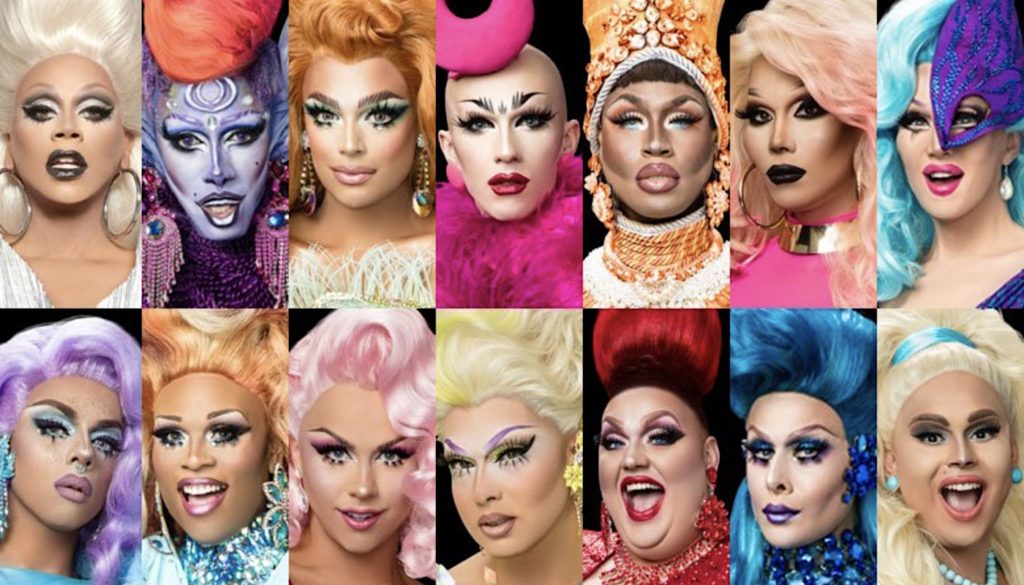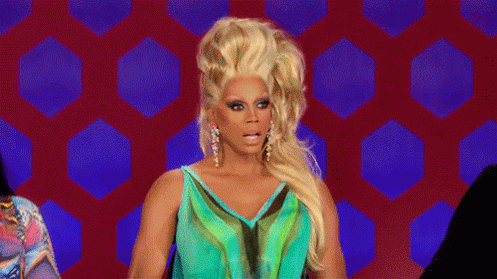How has drag changed individuals lives? Has it changed them socially, personally, and even physically?

Abstract:
There is more to drag than just the performances. The individuals that are performing in drag have personal lives with friends, families, and life struggles, just like any other person. Learning about how people got to where they are today, and what influenced them, and others interested in drag is just as important as what they are performing.

When people first hear about drag, they think of men dressing up in over the top outfits, with a lot of makeup and wigs on, all while those men are lip synching to popular songs. Although those thoughts of drag may be true, there is so much more to it. Drag is for straight men and women, bisexual and gay men and women, and transgenders.
Drag Queens influence their audiences in many different ways, and they help change the outlook how people’s lives. https://www.theodysseyonline.com/drag-queens-the-art-that-changed-life
There are different types of drag for everyone performing and watching. And just like any other person, there is more to those people than just their performances. They have friends, families, lovers, personal lives and struggles just like everyone else. Life decisions and interests have led each and every one of them to the stage they are performing on today.

By just watching Ru Paul’s Drag Race, this individuals outlook on life has completely changed: https://saseye.com/2017/11/29/how-drag-queens-changed-my-life/
Society plays a huge role on how people think men and women should dress and act. Like Dr. Tasha E Bluiett of Stanford University said, “From very early ages, children process messages concerning expectations of girls and boys that influence their behavior. By preschool age, most children recognize their own gender identity.” Dr. Tasha E. Bluiett
Although society has been the main platform on gender roles for many years, drag is now changing and breaking those gender rules. Men are dressing more ‘feminine’ and acting more ‘feminine’, and women are dressing more ‘masculine’ and acting more ‘masculine’. Could challenging your daily idea of gender change how you self-identify/feel, and help you break the gender guidelines that you were socially taught?

Jaden Smith is making a brand out of himself in the music and fashion industry. Here’s what he has to say about gender norms: https://www.independent.co.uk/news/people/jaden-smith-doesnt-see-male-or-female-clothes-a6932321.html
For sociologist Caitlin Greaf, she argued in her article Drag queens and Gender Identity, that by interviewing and watching drag her own self-identity had been changed. She said “before my experience, I self-identified with the lesbian minority group who did take some gender characteristics from the larger heterosexual community. However, I can’t say that I self-identify as that anymore. Gender for me was a box. I was boxing myself in with a gender identity given to me to fit my masculine gender appearance and sexuality” By understanding more about drag and herself, she was able to personally change her own outlook and view on herself. Caitlin Greaf

For many people, drag is a way to express themselves and to be comfortable while doing it. It’s supposed to be a safe place for people who enjoy doing/watching what they enjoy doing or watching. People also like the attention they get from their performances. Milla, a drag queen interviewed by Verta Taylor and Leila Rupp for the University of California said that his desire to wear women’s clothes came from wanting to distance himself from his father who was abusive. Milla also said “I found a place where I could be, I could hide, I could mask myself behind wacky makeup, crazy hair colors, the wildest outfits, and feel strong, feel good. Overpowering… people gave me love, I got all the attention, all the things I never got from a man.” Verta Taylor and Leila Rupp

Everyone should try something new and should try to get as many outlooks on life as possible. Steven P. Schacht, PhD, from Plattsburgh State University of New York has taken over 300 of his students to drag shows. He does this so the students can “begin to understand how the stratification system metaphorically makes drag queens of us all… Equality will not be realized until nondichotomous, truly new ways of relating to others are envisioned and acted upon.” Steven P. Schacht
Drag changes the lives of the ones who do the performing, and the people that are watching the performances. Drag has made a huge impact in societies norms of how gender should be. Drag should continue on and should keep growing, for both men and women performers so the gender boundaries continue to be broken, and people can continue to be who they want to be without harsh judgement.

The personal lives of drag artists is a very interesting subject. I found the drag artist portraits that we did in class a very interesting look into what is like to be a drag performer. Reading through the other interviews, it seems that a lot of drag performers have a story to tell, and I for one am very interested in hearing their story.
I love taking a better look at how drag is important to people that do it. Drag changes so many lives and shouldn’t be treated with the negative backlash it gets. Good post!
I like that you addressed how gender is fluid. No one is fully “masculine”, or fully “feminine” all of the time, our portrayal of masculine and feminine traits vary depending on the situation. Also, I like that you mentioned how drag goes against societal norms and redefines gender. Good post, good subject, good graphics.
Drag is more than the performance people see its a lifestyle that comes with drag and behind the scenes they deal with everyday life problems like everyone else and more! Great job at touching on different points and giving a sociological way of thinking about drag.